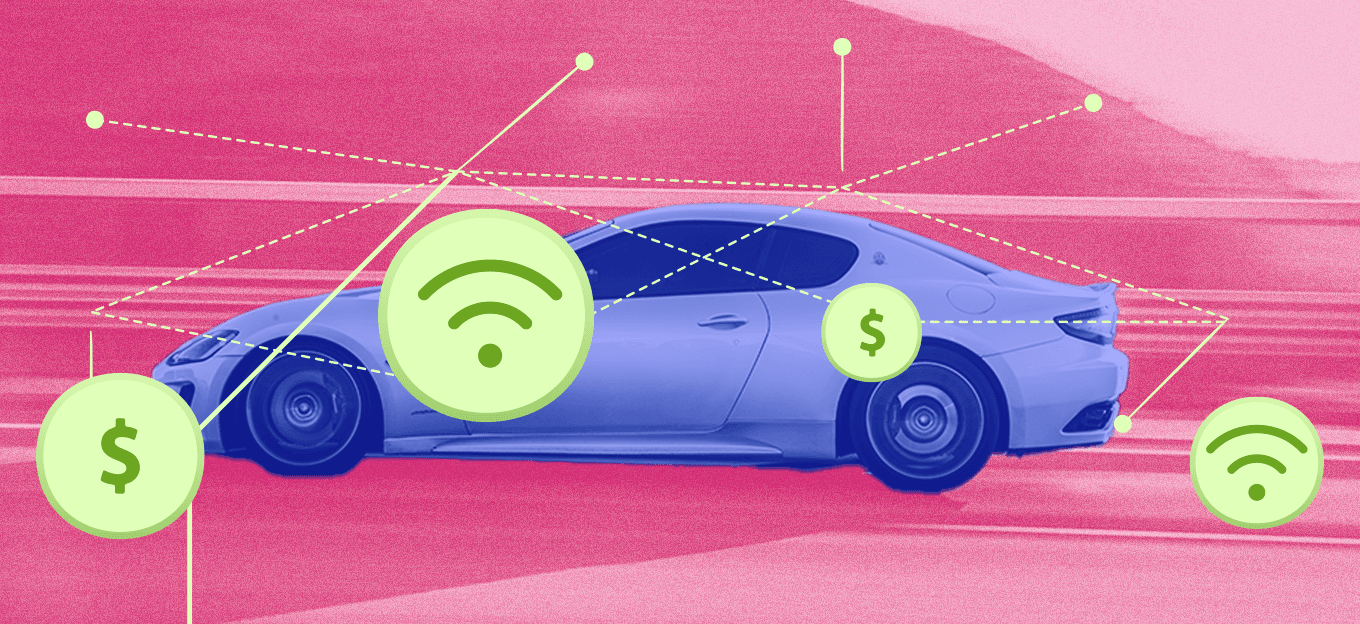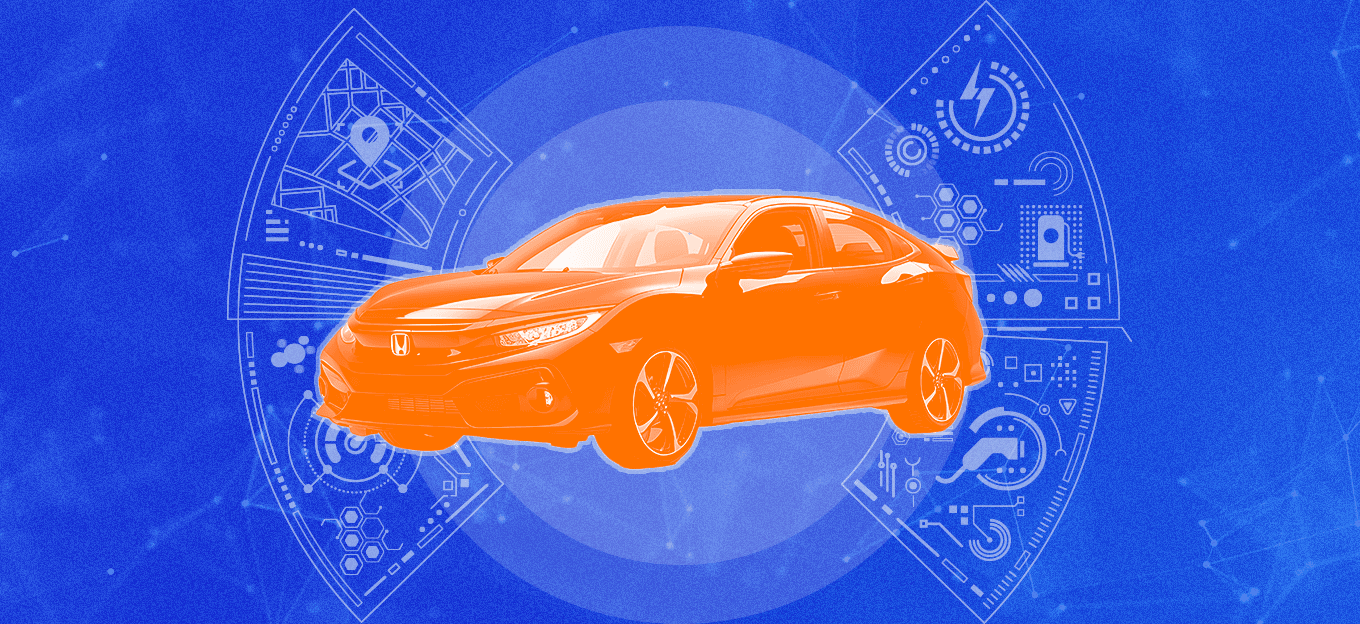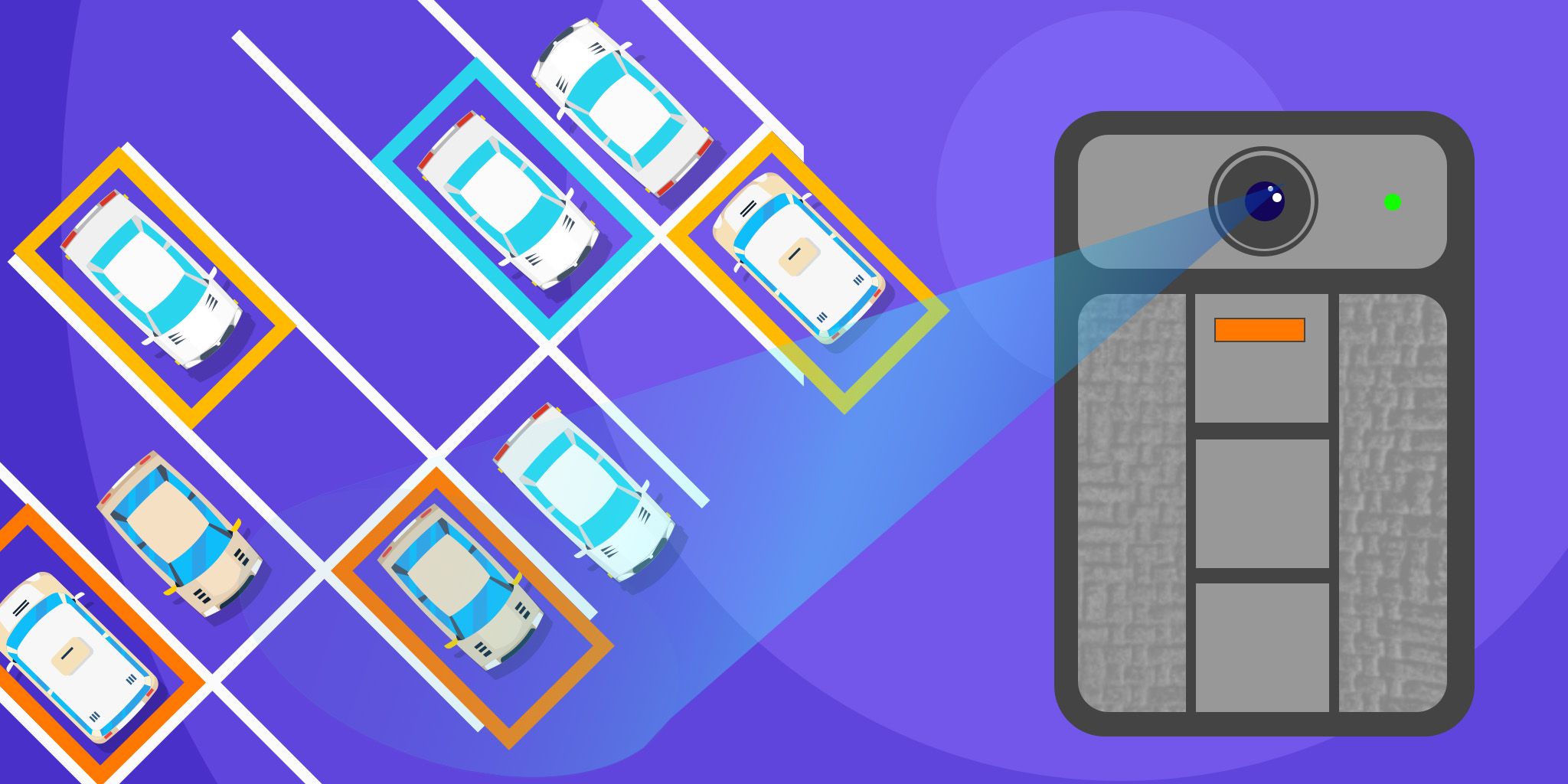How Auto Service Centers Are Evolving Into Data-Driven Hubs
How Auto Service Centers Are Evolving Into Data-Driven Hubs
- Last Updated: July 25, 2025
Ryan Chacon
- Last Updated: July 25, 2025



The auto repair industry is undergoing a fundamental transformation. No longer defined solely by wrenches, hydraulic lifts, and grease-stained manuals, modern service centers are becoming data hubs—leveraging digital tools, connected diagnostics, and AI-powered insights to deliver faster, smarter, and more customer-centric care.
This shift marks a move away from reactive fixes toward proactive, predictive maintenance. For customers, it means fewer surprises and smoother experiences. For shops, it unlocks new efficiencies, higher throughput, and stronger relationships.
Here are five major pillars driving this evolution.
1. Remote Diagnostics: Bringing the Shop to the Driver
Much like telemedicine has transformed healthcare, remote diagnostics is redefining automotive service. By transmitting fault codes and sensor data directly from a vehicle’s onboard systems to secure, cloud-based dashboards, technicians can diagnose issues without the car ever entering the service bay.
This approach enables:
- Pre-scans and post-scans without in-person visits
- Faster triage and service planning
- Avoidance of unnecessary shop appointments
Whether it's dispatching mobile service vans for routine maintenance or advising customers before they even schedule, remote diagnostics reduces downtime and improves the customer experience.
2. Remote Programming and Over-the-Air Updates
Service no longer always requires plugging into the OBD port at the shop. Through secure cloud connections and mobile networks, control modules can be reprogrammed, calibrated, or updated remotely.
Applications include:
- Adjusting ADAS (Advanced Driver Assistance Systems) settings
- Updating powertrain or infotainment software
- Calibrating sensors after repairs
What once took hours in a service bay can now happen wirelessly in minutes—freeing up bays for other work and delivering a more convenient experience for customers.
3. Cloud-Based Vehicle Histories: A Digital Service Record
Every oil change, tire rotation, or brake service is a chapter in a vehicle’s maintenance story. By consolidating this data in cloud-based systems, service centers can offer:
- Seamless access to complete service histories
- Faster intake with less paperwork
- Personalized service recommendations
For technicians, having instant access to prior repairs means more accurate diagnostics. For customers, it’s a transparent, hassle-free experience that builds trust and loyalty—no more hunting for old receipts or service logs.
4. Predictive Maintenance: From Mileage-Based to Usage-Based Care
The traditional approach of “service every 5,000 miles” is being replaced by personalized, data-driven maintenance plans. By analyzing:
- Real-time vehicle sensor data
- Driving patterns and behavior
- Daily mileage and environmental factors
AI-powered platforms can predict when components like brakes, tires, or fluids actually need attention. This leads to:
- Fewer unexpected breakdowns
- Timely service reminders
- Optimized fleet maintenance for commercial operators
Predictive maintenance reduces costs for customers and boosts shop efficiency by avoiding unplanned work and managing capacity better.
5. Operational Intelligence: Turning Insights Into Action
Collecting data is only part of the equation. Service centers also need to ensure that insights translate into efficient shop floor operations.
Operational intelligence tools transform raw data into real-time guidance for managers and staff, helping shops:
- Track bay occupancy and reduce idle time
- Balance technician workloads
- Identify bottlenecks before they cause delays
- Improve service throughput without adding labor hours
By moving from gut-feel management to data-driven scheduling and resource allocation, shops can deliver more services per day while reducing wait times—a crucial advantage in a competitive market.
The Future: A Connected, Customer-Centric Service Experience
The connected, data-driven service center is no longer a theoretical concept—it’s today’s reality. Remote diagnostics, over-the-air updates, predictive maintenance, cloud-based management, and intelligent shop operations are reshaping the very foundation of automotive service.
For shops, embracing this transformation isn’t just about keeping up—it’s about leading the way. Those who invest in data and technology will be better positioned to deliver faster, more transparent, and more personalized service experiences that customers will value and trust.
Because in the future of automotive repair, the most critical tool won’t be a wrench or a lift—it will be data.
The Most Comprehensive IoT Newsletter for Enterprises
Showcasing the highest-quality content, resources, news, and insights from the world of the Internet of Things. Subscribe to remain informed and up-to-date.
New Podcast Episode

Moving Past the Pilot Phase in IoT and AI
Related Articles





